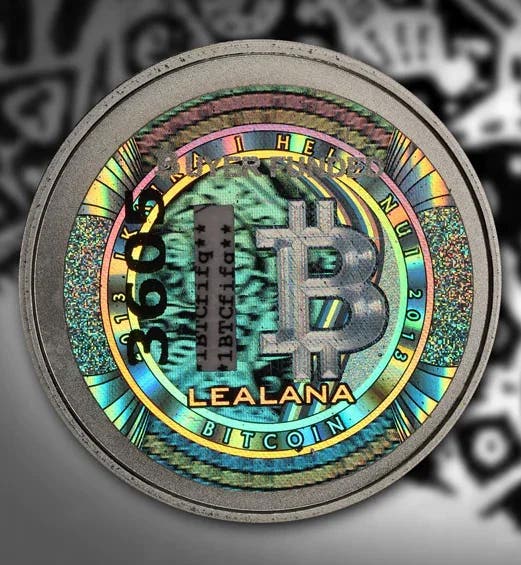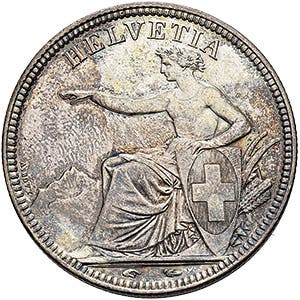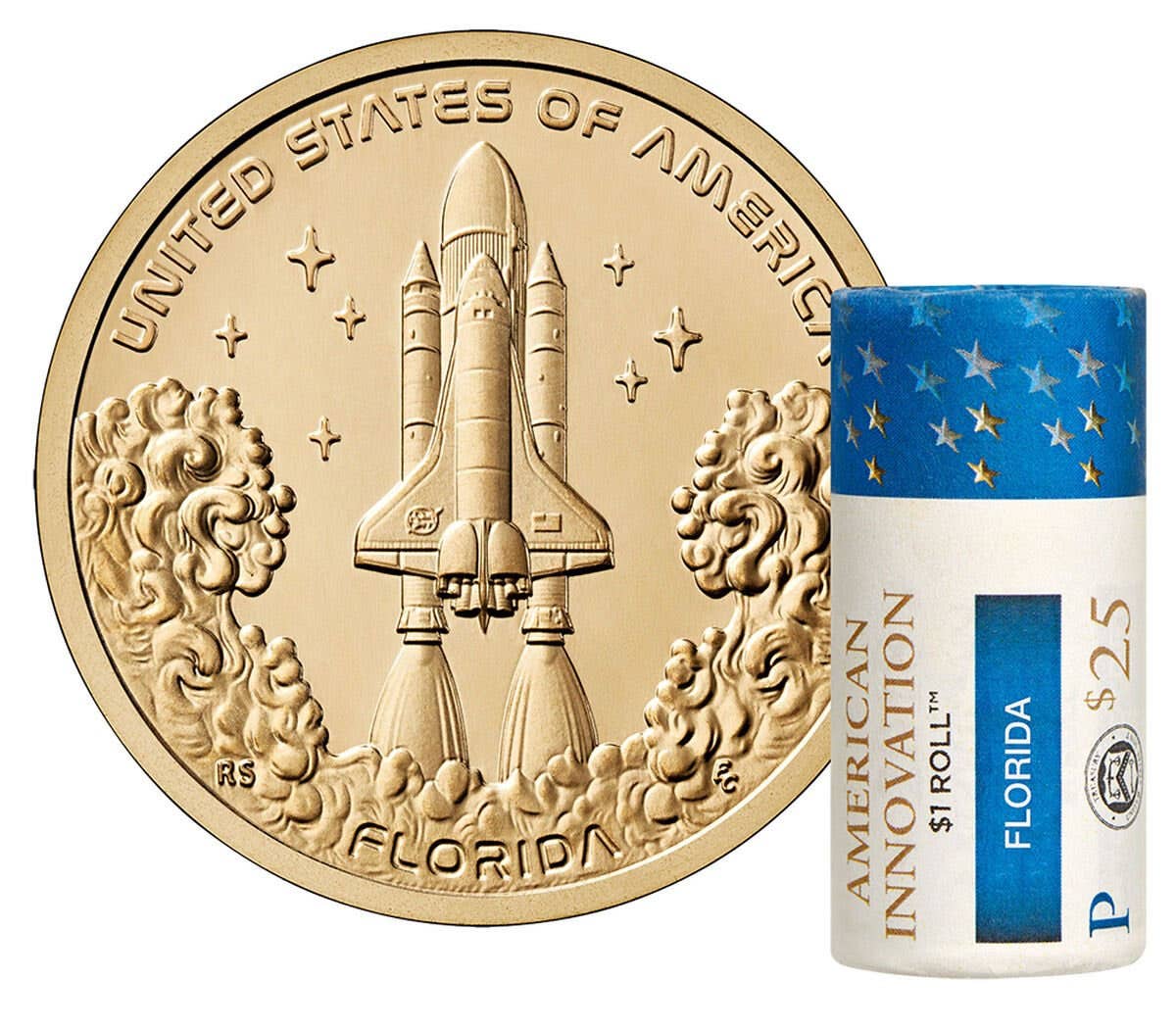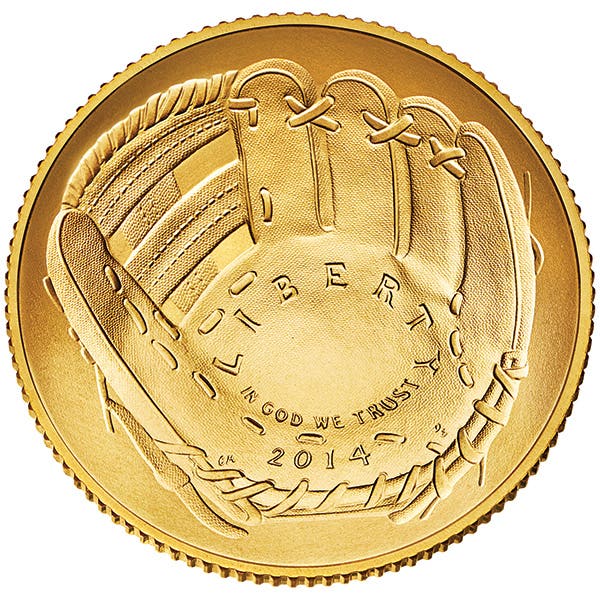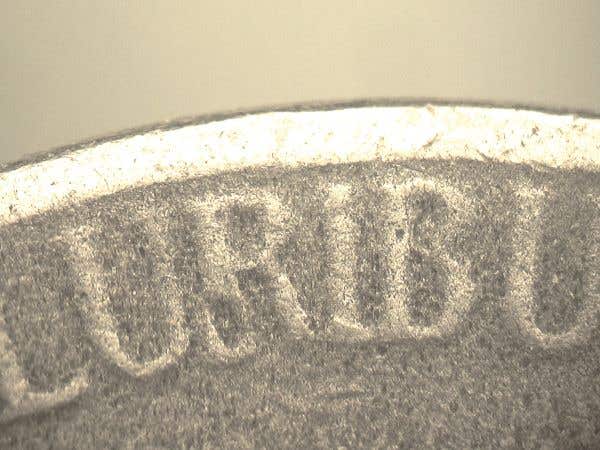Letters to the Editor: April 13, 2021
‘Doubled Die’ Image in March 2 issue of NN Hello. I hope everyone has been doing good. I would like to point out an error in the March 2 edition…
‘Doubled Die’ Image in March 2 issue of NN
Hello. I hope everyone has been doing good. I would like to point out an error in the March 2 edition of Numismatic News. On Page 22, the article done by Robert R. Van Ryzin about the “You Name It” column, the picture of the 1904 U.S/Philippine peso is actually an 1858-O Seated Liberty half dollar. But the cool thing is that the same coin was meant for Page 28 in Mark Benvenuto’s article about “Finding Good Buys Among Seated Liberty Halves.” So it was like a doubled die. The picture was on Page 28 but was re-put on page 22.
Conner Hopfer
Address withheld
Editor’s Note: Good catch, Mr. Hopfer! We inadvertently ran the half dollar image from the Benvenuto column in the Van Ryzin column. We apologize for any confusion this “doubled die” image caused.
Parting Ways with Mint After Frustrating Experience
I just wanted to share with you some good news, at least for me personally. Today I fired the U.S. Mint. I cancelled my enrollments and unsubscribed from future e-mails. Why? Simple: I was tired of receiving the poorest customer service of any vendor I deal with. I don’t know what’s wrong with the Mint’s customer service staff but, by and large, I’ve never dealt with ruder people. To wit: I received a defective 2020-S proof ASE last October, which I promptly returned to the Mint for a replacement. After five telephone calls to the Mint’s customer service department over the course of two months to inquire as to the status of a replacement, including promises made to me on three occasions that someone would investigate and call me back (which of course didn’t happen), I raised the proverbial white flag – I give up! I asked my credit card company for a credit and bought the coin from a dealer. Yes, it cost me a few extra bucks (however, it was already slabbed), but not having to experience the frustration of dealing with the U.S. Mint was worth 10 times that extra cost. Personally, I think it’s time for a new Mint Director.
James Sibley
Spring, Texas
British Sovereign Coins Should be Covered in NN
I have been collecting British coins for 50 years. Many years ago, I specialized in the British sovereign. A completed yearly collection, this year is 245 gold coins.
Please consider more articles in your publication on sovereigns.
Phillip Leonard
Merriam, Kan.
Coins Sold on TV Outrageously Priced
As an advanced, longtime coin collector (40-plus years), it is disturbing to me to see the sellers on the TV channels taking advantage of coin buyers.
I realize that TV airtime is expensive, but if these buyers talk to a knowledgeable collector or dealer, or try to sell [the coins], they’ll be shocked and probably lose interest altogether. We need more collectors, not less, in all arenas. With social media, it’s a wonder that word doesn’t spread.
Most of the coins are at least twice the going price at a coin show or in the ads in your paper, and many are three times a reasonable price, which is usually 15 to 30 percent over dealer cost.
I know that a person can ask any price for anything that they have. One of these sellers represents the coins as a good investment for the future. This probably is true if they were reasonably priced. At one time, the FTC went after such dealers.
As an example (there are many I could cite), at a show in 2020 I purchased an 1899 $5 Liberty gold PCGS MS-64 CAC for $775. One of the TV guys offered an 1899 PCGS -64 without CAC sticker for $1,495. A group of 10 common-date, uncertified Morgan dollars (MS-60 to MS-62) was offered for $995.
I have been an ANA member for 25 years. Thank you for allowing me to write. Tell readers to also keep coins in a safe deposit box, if they can.
Chris Weeks
Address withheld
Proof Coins Showing up in Circulation, Bank Rolls
It is disheartening to note that some collectors may be so short of cash in these pandemic-scarred times that they are now breaking open their proof sets to obtain spending money.
Perhaps others have also had this experience, but three times in the last month I have received U.S. Mint proof coins from general circulation. The first time it happened, I had purchased a newspaper at a local gas station and received a 1981-S proof quarter in change. A couple of weeks later, I was searching some rolls of quarters and came across another proof quarter, this time from the state quarter issues.
Then, just a few days ago, I went to a local bank to make a deposit and the teller, who knew I collected coins, asked if I would like some proof coins that she had recently taken in from another customer. I said sure, expecting to receive one or two more proof coins. To my astonishment, she counted out over $26 worth of proof coins for me.
After I paid the teller for the coins, I hurried home and laid them out on a table for examination. Some of them were worse the wear for having been in circulation, but most were still in decent condition. By placing the coins in order, I was able to determine that someone had broken up twelve regular (not silver) proof sets, two each from the years 1999 through 2004. Of course, not all the coins from those sets were on my table, so obviously the rest are still floating around in circulation.
At the end of the day, I wondered why the person who broke up these sets did not just try to sell the intact sets to a dealer. Perhaps these sets were inherited by a non-collector who did not realize that there would have been more value in doing that. Anyway, from now on you should not be surprised when searching rolls or going to the store that you end up with some unexpected proof coins.
Rick Firfer
Glenview, Ill.




